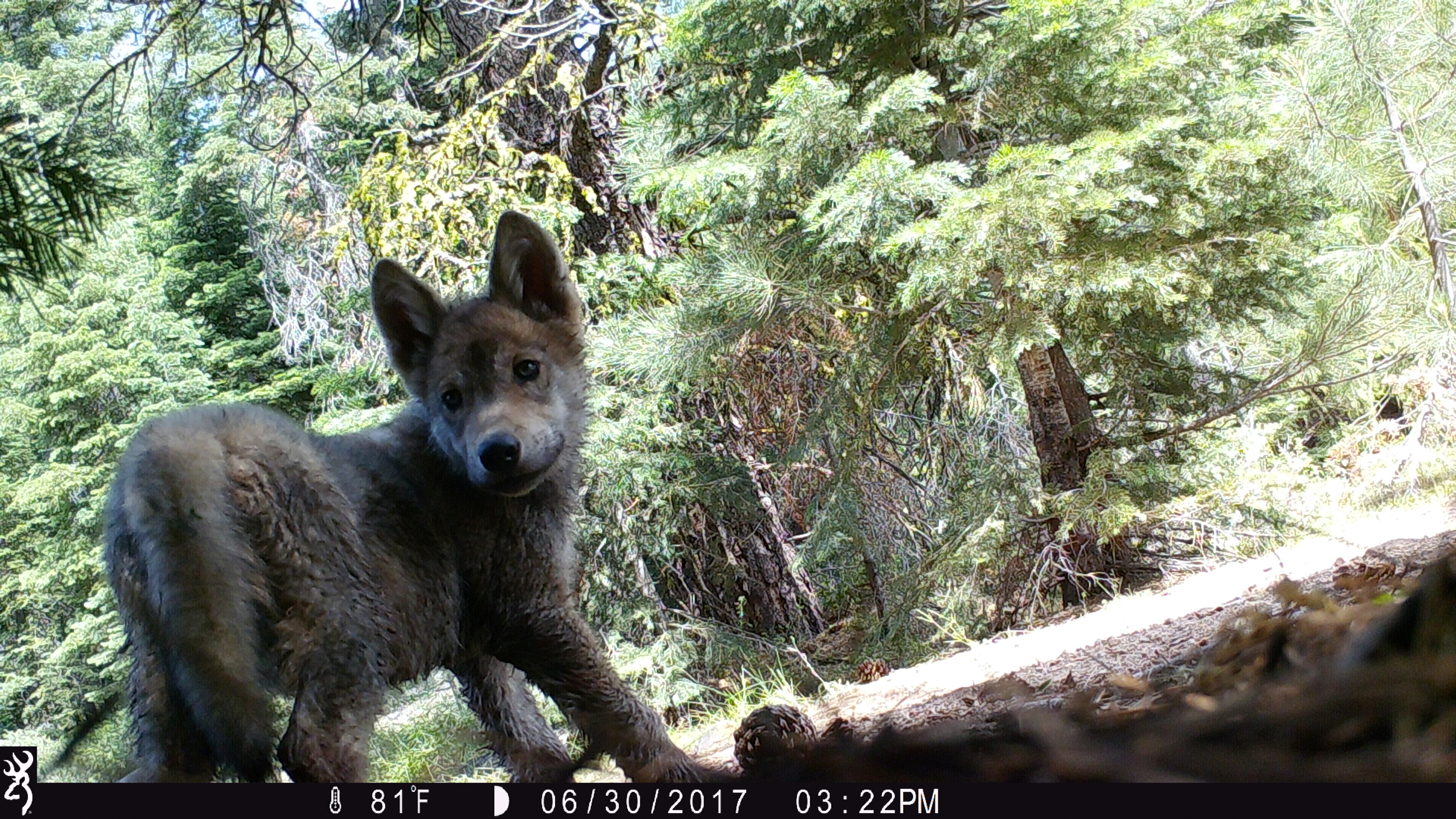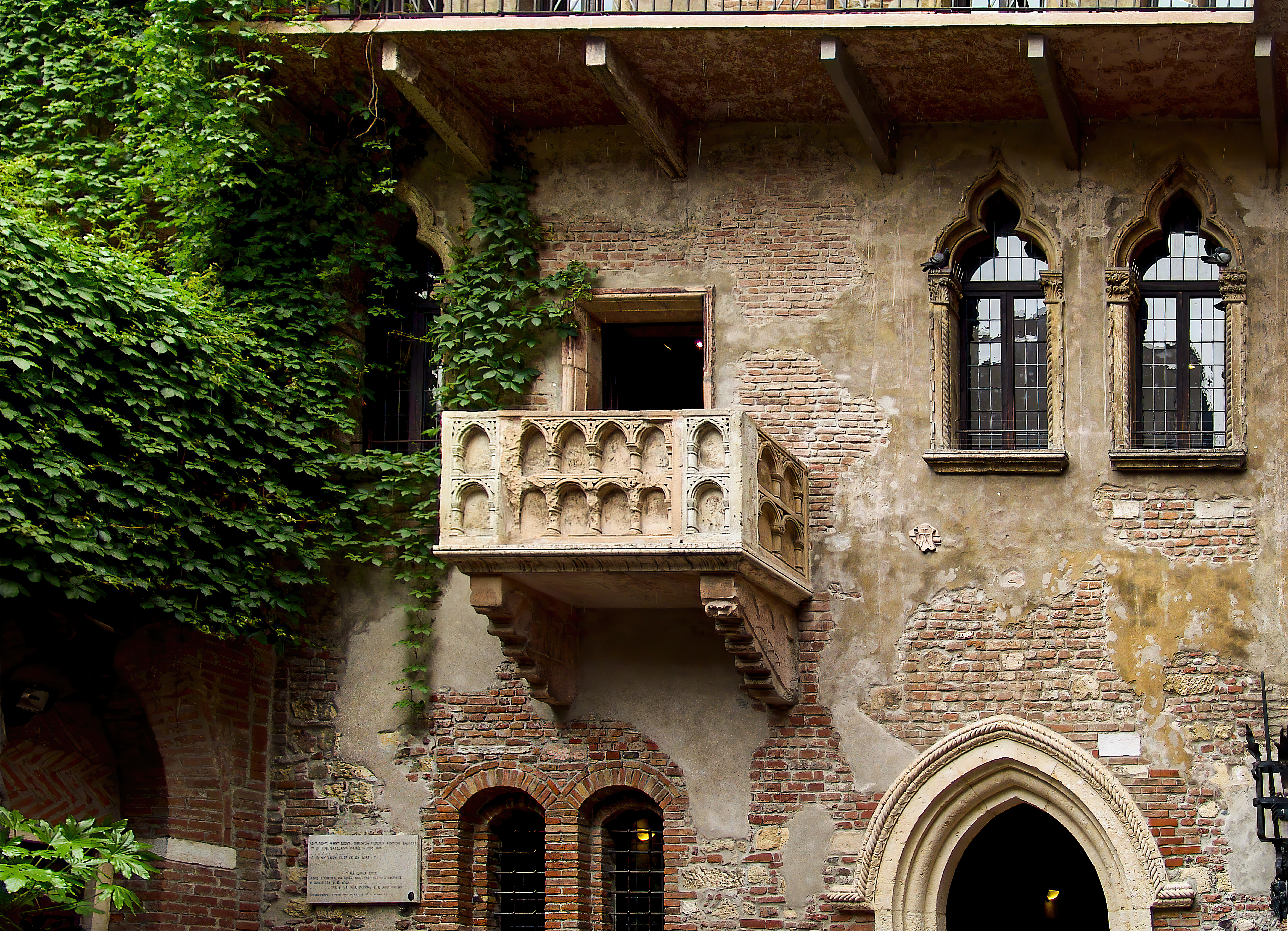|
Slavc Colnarič
Slavc (, diminutive of ''Slavko'') was a male wolf that was electronically tracked by the University of Ljubljana's Biology department between July 2011 and August 2012, as part the EU-funded ''SloWolf'' project. Slavc was born as part of the ''Slavnik'' wolf pack, which ranges from Trieste in Italy, through Hrpelje-Kozina in Slovenia up to the Učka mountain range in Croatia. In July 2011, he was fitted with a GPS-GSM- VHF collar by the biologist Hubert Potočnik near Kozina, and his location was transmitted every three hours. On 19 December, Slavc dispersed from his pack and headed southwards, towards Ćićarija, then proceeded northwards, traversing Vipava Valley, Trnova forest, then through Ljubljana Basin, subsequently reaching the vicinity of Klagenfurt within 10 days. The data transmitted by his collar suggested that Slavc had swum across the Drava river at a location where the river is wide with no bridges nearby. Some of the mountain passes the wolf crossed were at ... [...More Info...] [...Related Items...] OR: [Wikipedia] [Google] [Baidu] |
Canis Lupus
The wolf (''Canis lupus''; : wolves), also known as the grey wolf or gray wolf, is a canine native to Eurasia and North America. More than thirty subspecies of ''Canis lupus'' have been recognized, including the dog and dingo, though grey wolves, as popularly understood, only comprise naturally-occurring wild subspecies. The wolf is the largest wild extant member of the family Canidae, and is further distinguished from other ''Canis'' species by its less pointed ears and muzzle, as well as a shorter torso and a longer tail. The wolf is nonetheless related closely enough to smaller ''Canis'' species, such as the coyote and the golden jackal, to produce fertile hybrids with them. The wolf's fur is usually mottled white, brown, grey, and black, although subspecies in the arctic region may be nearly all white. Of all members of the genus ''Canis'', the wolf is most specialized for cooperative game hunting as demonstrated by its physical adaptations to tackling large prey ... [...More Info...] [...Related Items...] OR: [Wikipedia] [Google] [Baidu] |
Ćićarija
Ćićarija (; ; ; ) is a mountainous plateau in the northern and northeastern part of the Istria peninsula, long and wide. It mostly lies in Croatia, while its northern part lies in southwestern Slovenia (the traditional region of Inner Carniola). The highest peak is Veliki Planik at . At (2001), Ćićarija is sparsely populated, due to its karst landscape, poor economic development and rough climate. Name The name ''Ćićarija'' is derived from the South Slavic term ''Ćići, Ćić'', which refers to Istrians living in the area around the Učka, Učka Mountains, originally referring to the Vlachs and Istro-Romanians of the area. The ethnonym is believed to derive from the Istro-Romanian language, Istro-Romanian word ''ce'' 'what', which is a semantic basis for other regional ethnonyms (cf. ''Kajkavian dialect, Kajkavian'', ''Chakavian dialect, Chakavian'', etc.). Sources * * * References Bibliography * External links * {{DEFAULTSORT:Cicarija Landforms of Istri ... [...More Info...] [...Related Items...] OR: [Wikipedia] [Google] [Baidu] |
2009 Animal Births
9 (nine) is the natural number following and preceding . Evolution of the Hindu–Arabic digit Circa 300 BC, as part of the Brahmi numerals, various Indians wrote a digit 9 similar in shape to the modern closing question mark without the bottom dot. The Kshatrapa, Andhra and Gupta started curving the bottom vertical line coming up with a -look-alike. How the numbers got to their Gupta form is open to considerable debate. The Nagari continued the bottom stroke to make a circle and enclose the 3-look-alike, in much the same way that the sign @ encircles a lowercase ''a''. As time went on, the enclosing circle became bigger and its line continued beyond the circle downwards, as the 3-look-alike became smaller. Soon, all that was left of the 3-look-alike was a squiggle. The Arabs simply connected that squiggle to the downward stroke at the middle and subsequent European change was purely cosmetic. While the shape of the glyph for the digit 9 has an ascender in most modern typefa ... [...More Info...] [...Related Items...] OR: [Wikipedia] [Google] [Baidu] |
Individual Wolves
{{about, individual wolves, a list of wolf species, List of canids, individual dogs, List of individual dogs Wolves are mammals in the genus ''Canis''. While the term "wolf" most commonly refers to the grey wolf, it may also refer to closely related species such as the African wolf or Ethiopian wolf, as well as more distantly related species such as the dire wolf. Notable wolves *302M, a wolf featured in PBS and National Geographic documentaries *926F (Spitfire), a wolf popular with visitors of Yellowstone National Park, USA *Beast of Gévaudan, a man-eating animal in France speculated to be a wolf *Custer Wolf, a grey wolf held responsible for extensive damage to livestock *Dogor, a preserved specimen found in Siberian permafrost *Hexham wolf, a wolf that escaped a zoo and killed livestock in 1904 *Jed (wolfdog), Jed, a wolf-dog hybrid known for acting in films *Lichtenmoor Strangler, an unknown predator in Germany speculated to be a wolf *Lobo the King of Currumpaw, a grey wolf fr ... [...More Info...] [...Related Items...] OR: [Wikipedia] [Google] [Baidu] |
OR-7
OR-7, also known as Journey, was a male gray wolf that was electronically tracked as he migrated from the Wallowa Mountains in the northeastern corner of the U.S. state of Oregon to the southern Cascade Range. After the wolf dispersed from his natal pack in 2011, he wandered generally southwest for more than through Oregon and northern California. He was the first confirmed wild wolf in western Oregon since 1947 and the first in California since 1924. By 2014, OR-7 had settled in the Rogue River watershed in the southern Cascade Range east of Medford, Oregon, with a mate. It is not known when the two wolves met, but DNA tests of fecal samples showed that she is related to wolves in two of the eight packs in northeastern Oregon. In early 2015, officials designated the two adult wolves and their offspring as the ''Rogue Pack'', the first wolf pack in western Oregon and the state's ninth overall since wolves returned to Oregon from Idaho in the 1990s. The batteries in OR-7's tra ... [...More Info...] [...Related Items...] OR: [Wikipedia] [Google] [Baidu] |
Lessinia
Lessinia, or Lessini Mountains, is a plateau and alpine supergroup located mainly in the province of Verona and partially in the provinces of Province of Vicenza, Vicenza and Trentino, Trento. Part of the Lessinia territory constitutes the Lessinia Regional Park, Lessinia Regional Nature Park. It is bordered to the north by the Ronchi Valley and the Gruppo della Carega, Carega Group, to the east by the Leogra Valley, to the south by the course of the Adige, Adige River and the upper Veronese plain, and to the west by the Lagarina Valley. Its peaks reach an altitude between 1,500 and 1,800 m above sea level. From the earliest times Lessinia saw the presence of man, who could easily find flint there and take refuge in its many caves and shelters. The spread of ''Castellieri culture, castellieri'', small fortified settlements placed on the top of the hills, of which only a few traces remain now scattered throughout the territory, dates back to the beginning of the 2nd millennium BC. ... [...More Info...] [...Related Items...] OR: [Wikipedia] [Google] [Baidu] |
Lessinia Regional Park
The Lessinia Regional Park () is a nature reserve in Veneto, Italy. Established in 1990, it covers the northern part of the Lessinia region, in the Venetian Prealps, between the provinces of Verona and Vicenza. It is both a Special Protection Area and a Site of Community Importance. The park stretches over 10,000 hectares in the territory of fifteen municipalities, thirteen of which belong to the province of Verona and the remaining two to the province of Vicenza; it encompasses all the mountains of the province of Verona, between 1,200 and 1,900 meters above sea level, except for Monte Baldo. The highest point of the park is the peak of Monte Zevola, 1,976 meters above sea level. Agroforestry and silvopasture have played an important role in shaping Lessinia, with much of its territory consisting of pastures – among the most extensive pasturages in the Italian Alps. Cows, sheep (including the Brogna, a breed unique to Lessinia), goats and horses are bred in the region. The ... [...More Info...] [...Related Items...] OR: [Wikipedia] [Google] [Baidu] |
Bayerischer Rundfunk
(; "Bavarian Broadcasting"), shortened to BR (), is a public broadcasting, public-service radio and television broadcaster, based in Munich, capital city of the Bavaria, Free State of Bavaria in Germany. BR is a member organization of the ARD (broadcaster), ARD consortium of public broadcasters in Germany. History Bayerischer Rundfunk was founded in Munich in 1922 as Deutsche Stunde in Bayern. It aired its first program on 30 March 1924. The first broadcasts consisted mainly of time announcements, news, weather and stock market reports, and music. Programming expanded to include radio plays, concerts, programs for women, language courses, chess, opera, radio, news, and Catholic and Protestant morning services. Its new 1929 studio was designed by Richard Riemerschmid. Deutsche Stunde in Bayern became Bayerischer Rundfunk in 1931. In 1933, shortly after the Nazi seizure of power, the station was put under the control of the Reich Ministry of Public Enlightenment and Propaganda. A ... [...More Info...] [...Related Items...] OR: [Wikipedia] [Google] [Baidu] |
Province Of Verona
The province of Verona (Italian: ''provincia di Verona'') is a province of the Veneto region in Italy. On its northwestern border, Lake Garda—Italy's largest—is divided between Verona and the provinces of Brescia (Lombardy region) and Trentino (Trentino-Alto Adige/Südtirol region). Its capital is the city of Verona. The city is a UNESCO World Heritage Site. The province is cosmopolitan in nature. It is bordered by Italian Tyrol in the north, province of Vicenza and province of Padua in the east, province of Rovigo and province of Mantua in the south, and Lake Garda in the west. From north to south the maximum extent of the province is 50 miles while it is 25 miles from east to west. Overview The province has an area of and a total population of about 0.9 million. There are 98 ''comuni'' (: ''comune'') in the province. Important ''comuni'' include Bovolone, Bonavigo, Bussolengo, Cerea, Isola della Scala, Legnago, Negrar di Valpolicella, Peschiera del Garda, San ... [...More Info...] [...Related Items...] OR: [Wikipedia] [Google] [Baidu] |
Valpolicella
Valpolicella (, , ) is a viticultural zone of the province of Verona, Italy (wine), Italy, east of Lake Garda. The hilly agricultural and marble-quarrying region of small holdings north of the Adige is famous for wine production. Valpolicella ranks just after Chianti (region), Chianti in total Italian ''denominazione di origine controllata'' (DOC) wine production.J. Robinson (ed) ''"The Oxford Companion to Wine"'' Third Edition, pp. 19, 726. Oxford University Press 2006 . The red wine known as Valpolicella is typically made from three grape varieties: Corvina Veronese, Rondinella, and Molinara (grape), Molinara. A variety of wine styles are produced in the area, including a ''recioto'' dessert wine and Amarone, a strong wine made from raisins, dried grapes. Most basic Valpolicellas are light, fragrant table wines produced in a ''novello (wine), novello'' style, similar to Beaujolais nouveau and released only a few weeks after harvest (wine), harvest. Valpolicella Classico is made ... [...More Info...] [...Related Items...] OR: [Wikipedia] [Google] [Baidu] |
Drava
The Drava or Drave (, ; ; ; ; ), historically known as the Dravis or Dravus, is a river in southern Central Europe.''Utrata Fachwörterbuch: Geographie - Englisch-Deutsch/Deutsch-Englisch'' by Jürgen Utrata (2014). Retrieved 10 Apr 2014. With a length of ,Joint Drava River Corridor Analysis Report , 27 November 2014 or , if the length of its Sextner Bach source is added, it is the fifth or sixth longest tributary of the |




